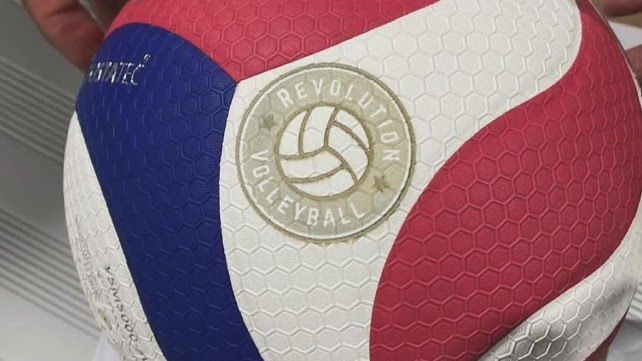
Sportsmanship
We're here to have FUN! Any unsportsmanlike conduct will not be tolerated and is grounds for removal from the league.
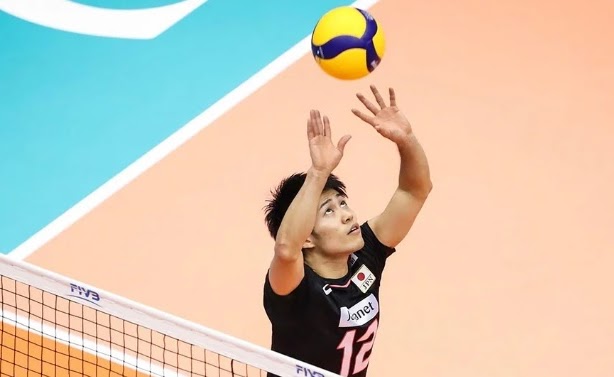
Hand Setting Double Contacts
NCAA's new double contact rule allows players to contact the ball more than once with any part of their body on the team's second contact, as long as the ball is played to a teammate.
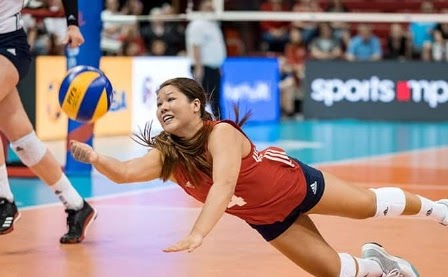
Libero - is Machining allowed?
Being a coed league, every team must have 2 females on the court at all times. If the libero is one of the two females, then she must serve for an additional rotation; e.g. once for each middle. Otherwise any male player cannot be in the front row for more than 3 consecutive rotations.
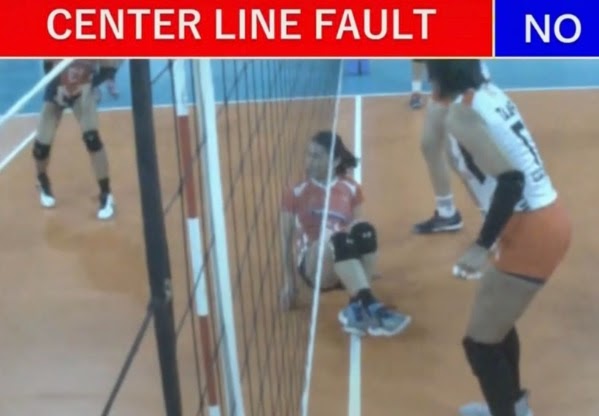
Penetration Under the Net
FIVB Casebook 2024 Sec 3.15 -- Is physical contact always interference? No. Many circumstantial contacts actually occur in a match - but the referee should whistle a player if he/she interfered with or stopped the opponent’s ability to play. FIVB Rules 2024 Sec 11.2 - It is permitted to penetrate into the opponent’s space under the net, provided that this does not interfere with the opponent’s play. 11.2.2 Penetration into the opponent's court, beyond the centre line: to touch the opponent’s court with a foot (feet) is permitted, provided that some part of the penetrating foot (feet) remains either in contact with or directly above the centre line and this action does not interfere with the opponent’s play; to touch the opponent’s court with any part of the body above the feet is permitted provided that it does not interfere with the opponent’s play. A player may enter the opponent's court after the ball goes out of play. Players may penetrate into the opponent’s free zone provided that they do not interfere with the opponent’s play.
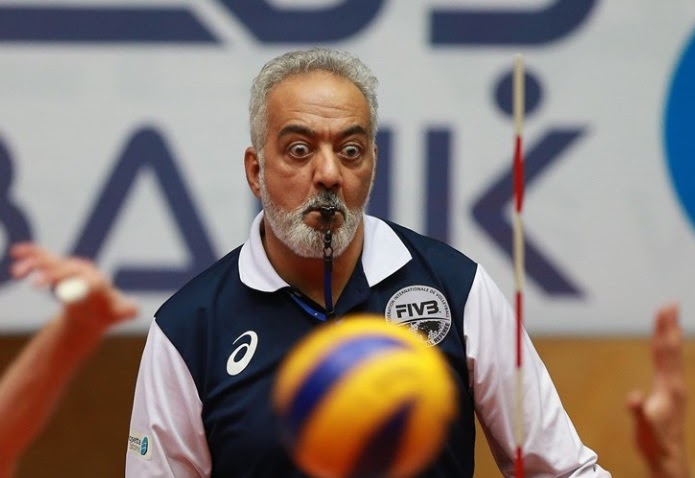
Only Call Obvious Violations
FIVB Guidelines 2024 Rule 9 Sec 7 -- In accordance with the spirit of international competitions and to encourage longer rallies and spectacular actions, only the most obvious violations will be whistled. Therefore, when a player is not in a very good position to play the ball, the 1st referee will be less severe in his/ her judgment of ball handling faults. For example: 7.1 The setter running to play the ball, or forced to make a very quick action or jumping near the net to reach the ball in order to set. 7.2 The player is forced to run or make very quick actions to play a ball after it has rebounded from the block or from another player. 7.3 The 1st team contact may be freely made except if the player catches or throws the ball. 7.4 The player recovers the ball over the entire length of the score table, including any part of the table which is on the opponent’s side of the net (Rule 9, 2022-24).
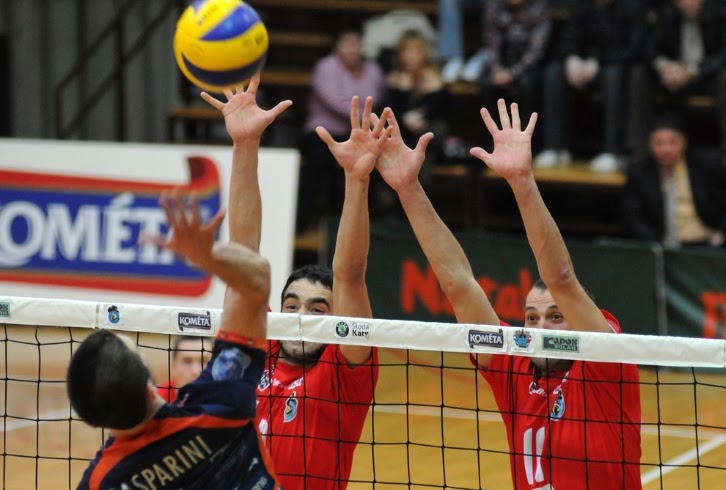
Attack Hit
FIVB Rules 2024 Sec 13.1.1 -- All actions which direct the ball towards the opponent, with the exception of service and block, are considered as attack hits.

Consecutive Block Contacts
FIVB Casebook 2024 Sec 3.3 -- During a first hit the ball rebounded from one arm to the other and then onto the chest of a player during one action and without being caught or thrown. The 1st referee allowed the game to continue. Is this correct? The decision of the 1st referee was correct. “First hit” cases, in which successive contacts are allowed, are: 1. Reception of the service. 2. Reception of an attack hit. This can be either a soft or a hard attack. 3. Reception of a ball blocked by one’s own team. 4. Reception of a ball blocked by the opponent. A player has the right to make successive contacts at the first hit, so long as he/she makes only one action to play the ball. It is possible, however, to whistle a “catch” or “throw” on the first hit if two different phases (first catch, then throw) are recognized within the action.
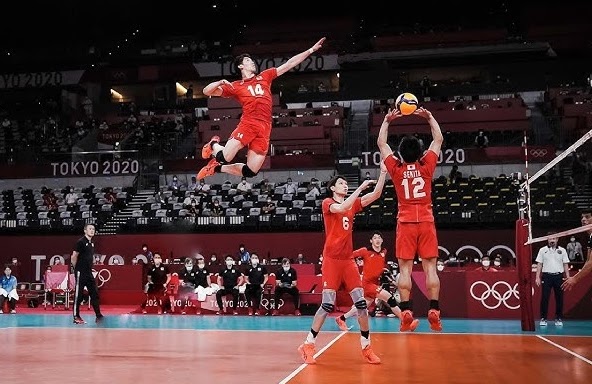
Back Row Attacks
FIVB Rules 2024 13.2.2 -- A back-row player may complete an attack hit at any height from behind the front zone: at his/her take-off, the player's foot (feet) must neither have touched nor crossed over the attack line; after his/her hit, the player may land within the front zone. A back-row player may also complete an attack hit from the front zone, if at the moment of contact a part of the ball is lower than the top of the net.
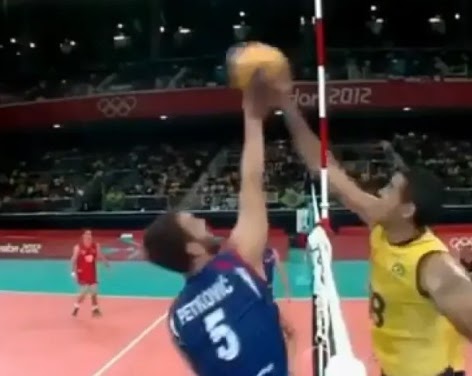
Reaching Beyond the Net
FIVB Guidelines 2024 Rule 14 -- 1. The blocker has the right to block any ball within the opponent’s space; with his/her hands beyond the net provided that: • This ball, after the 1st or 2nd contact by the opposing team, is directed towards the blocker’s court and • No player of the opponent team is close enough to the net in that part of the playing space to continue his/her action. However, if a player of the opposing team is near the ball, which is completely on his side of the net, and about to play it, the block touch beyond the net is a fault if the blocker contacts the ball before the player’s action, thus having prevented the opponent’s action. After the third touch by the opponent, each ball may be blocked within the opponent’s space. Here it is important to emphasize that a block is permitted but NOT AN ATTACK. 2. Sets and allowable passes (not attacks) which do not cross the net towards the opponent’s court may not be blocked beyond the net except after the third contact. 3. If one of the blockers puts his/her hands beyond the net and hits the ball (spike) instead of making a blocking action, it is a fault (the expression ‘beyond the net’ means reaching the hands over the net into the opponent’s space). The spike action is characterized by a back swing, whereas the block does not.

Screening
FIVB Rules 2024 Sec 12.5 -- The players of the serving team must not prevent their opponent, through individual or collective screening, from seeing the service hit and the ight path of the ball. A player or a group of players of the serving team make(s) a screen by waving arms, jumping or moving sideways during the execution of the service, or by standing grouped, in order that both the service hit and the ight path of the ball are hidden until the ball reaches the vertical plane of the net. Should either be visible to the receiving team this is not a screen * Updated - FIVB Rules 2025 12.5.3 Any player of the serving team is forbidden to raise hands above the head during service, until the ball has passed beyond the net.
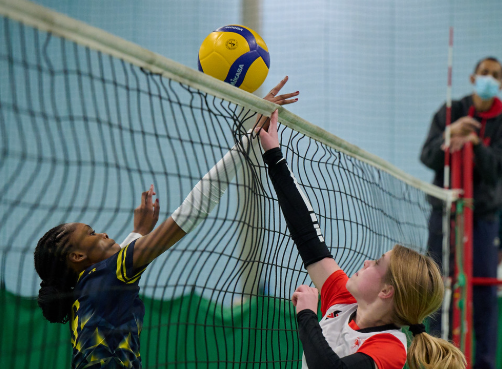
Touching the net
FIVB Casebook 2024 Sec 3.21 - After a blocker landed securely, he turned and hit the mesh of the net between the antennae with his shoulder. Should this have been called a fault? No. Because the action of playing the ball was complete before he turned, the contact with the net is not a fault. FIVB Casebook 2024 Sec 3.24 - An attacker landed securely on the floor then took two steps and brushed against the net outside of the antenna while the ball was still in play. Is this a fault? No, the player did not commit a fault because: - the contact was outside the antenna - he/she did not use the net as support or stabilizing aid.